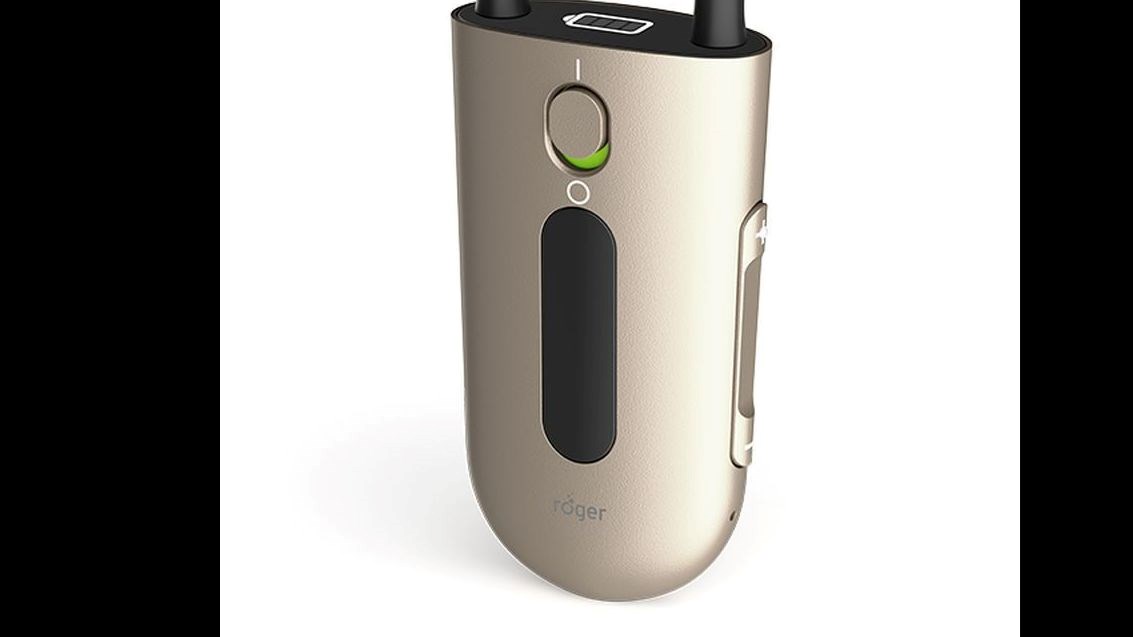Speech to Text Equipment Loans

Auditory Outreach is excited to announce the addition of Speech-to-Text (STT) technology to our assistive listening equipment loan library, made possible by a generous grant from the B.C. Ministry of Education and Childcare.
What Is Speech to Text? Speech to text technology converts spoken or auditory information to written text. Using a Phonak Roger Neckloop allows the teacher to wear a Roger microphone that they already wear to connect directly to the student’s Roger hearing aid or cochlear implant processor. Roger Neckloops allow simultaneous and clear signals to personal receivers and to the speech to text device (laptop, phone or iPad). Speech to text accuracy is greatly improved using this set up as compared to other speech to text methods (e.g., phone microphones) and dramatically reduces the incidence of mishearing for students who are d/Deaf or hard of hearing. Students can confirm what they hear using reliable and accurate transcription; as a result, they are more likely to engage meaningfully with their learning materials. |
Who Can Benefit? Any student who attends a B.C. Public School or Group 1 & 2 Independent School and is diagnosed with hearing loss or deafness by a registered Audiologist is eligible for a speech to text loan. - Students already borrowing equipment from AO-PRP can submit a Speech-to-Text Request Form. - New students, or students who do not already have an equipment loan from AO-PRP need Audiologist approval, an Equipment Request Form, Permission to Share Form, and a recent audiology report. - Students using non-Phonak devices may require intermediary equipment, or their teacher may need to wear two microphones. |
When To Apply? Requests for speech to text Neckloops are being accepted now! Students must complete the Pre-Speech-to-Text Survey before submitting a request. Please note that STT requests are supplemental and may take longer to process. Please direct all student or parent inquiries about this exciting new equipment to their TDHH and/or school team as all speech to text equipment requests need to be authorized by the school district or independent school. |
Why It Matters The need for accessible communication tools in educational settings is crucial to fostering an inclusive and supportive learning environment for all students, including those who are d/Deaf or hard of hearing. Speech-to-text (STT) equipment and software can significantly enhance the educational experience for these students by addressing barriers in communication, improving participation, and ensuring equal access to auditory information. Speech-to-Text technology enhances classroom accessibility and supports independent learning for students who are d/Deaf or Hard of Hearing (DHH). - Real-time transcription improves comprehension and retention. - Students can save and review transcripts to reinforce learning. - STT supports literacy development by bridging auditory and written language. |


